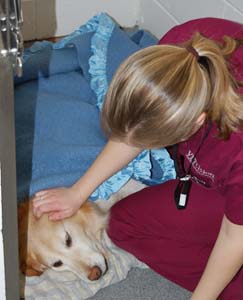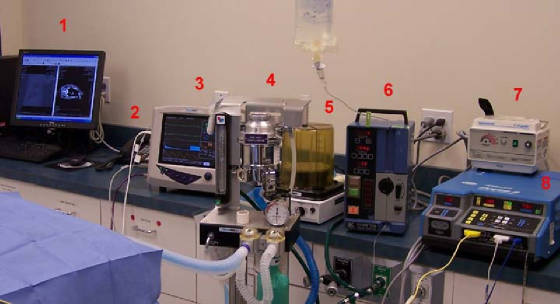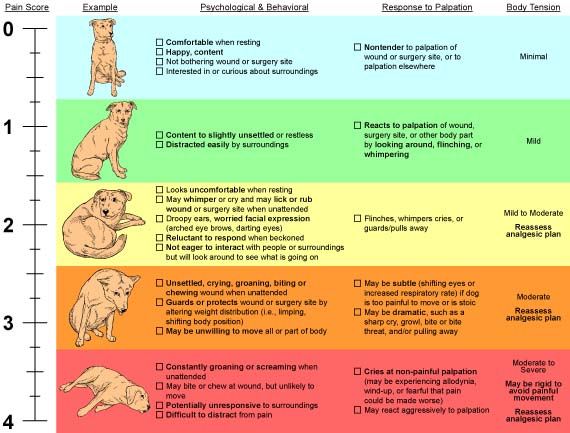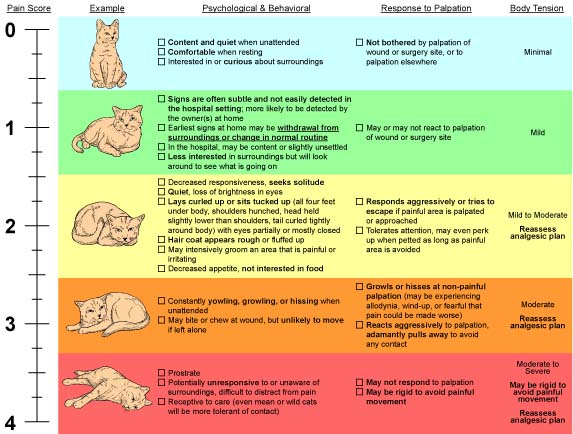Anesthesia
How Our Patients are Anesthetized
Anesthesia at Vetcision includes a multiple drug protocol. Our patients typically receive an intramuscular sedative premedication 20-30 minutes prior to surgery. After the pet is relaxed, an intravenous catheter is placed in a leg vein for fluid and drug administration. An intravenous induction drug is then given through the catheter to effect. This means we only give enough induction drug to get the patient's jaw open to place an endotracheal tube into the airway. We then place all of our stable patients on isoflurane or enflurane anesthetic gas in oxygen. With these inhaled anesthetics we can control our patient's anesthetic depth precisely and rapidly through out the entire surgical or diagnostic procedure. The pet quickly awakens after turning off the anesthesia gas on pure oxygen. All patients at Vetcision are then given one or more medications for pain control intramuscularly, intravenously, intrathecally (around the spine), or topically.
We have special anesthetic protocols for critical patients which may include fewer or additional drugs. These protocols are constantly being reviewed by our consultant veterinary anesthesiologist so we can provide the absolute safest anesthesia.

How Our Patients are Anesthetized
Patient Monitoring
Our highly trained operating room and surgical ICU technicians use the most advanced and safest anesthesia techniques, sophisticated monitoring methods, and thermoregulatory equipment during all of our surgeries. Vetcision's three surgical suites are equipped with Isoflurane and Sevofluorane inhalant anesthesia. Our monitoring equipment includes ECG, SpO2, end tidal CO2, direct and non-invasive blood pressure, temperature, and visual/tactile methods. We employ the latest pain management techniques and use the safest drug protocols to make your patient's recovery as safe and comfortable as possible. Our SICU technicians constantly monitor patients before and after surgery.

ICU recovery of patients.
At the Head of the Table

1-CT scaon on screen 2-Speaker phone 3-Multi-monitor 4-Anesthetic machine 5-Ventilator 6-IV fluid pump 7-Water heating pad 8-Electrocautery
Pain Management
The comfort of patients is of the highest priority at Vetcision. We realize that it may be challenging to accurately diagnose and score pain in the individual animal. Our trained nurses are following the Colorado State University canine and feline pain scale guidelines as recommended by The International Veterinary Academy of Pain Management (IVAPM) which is based on behavioral/interactive and psychological observation, response to palpation and body tension. Pain Scores (0-4/4) are obtained on patients at least every 4 hour according to Vetcision’s standard procedures. Analgesia protocols for each patient at Vetcision include a rescue analgesia plan (e.g. repeated dosing orders if pain scores increase or titration guidance for CRI pain management) to make certain our patients remain comfortable.

Schedule II narcotics are available for pain management

